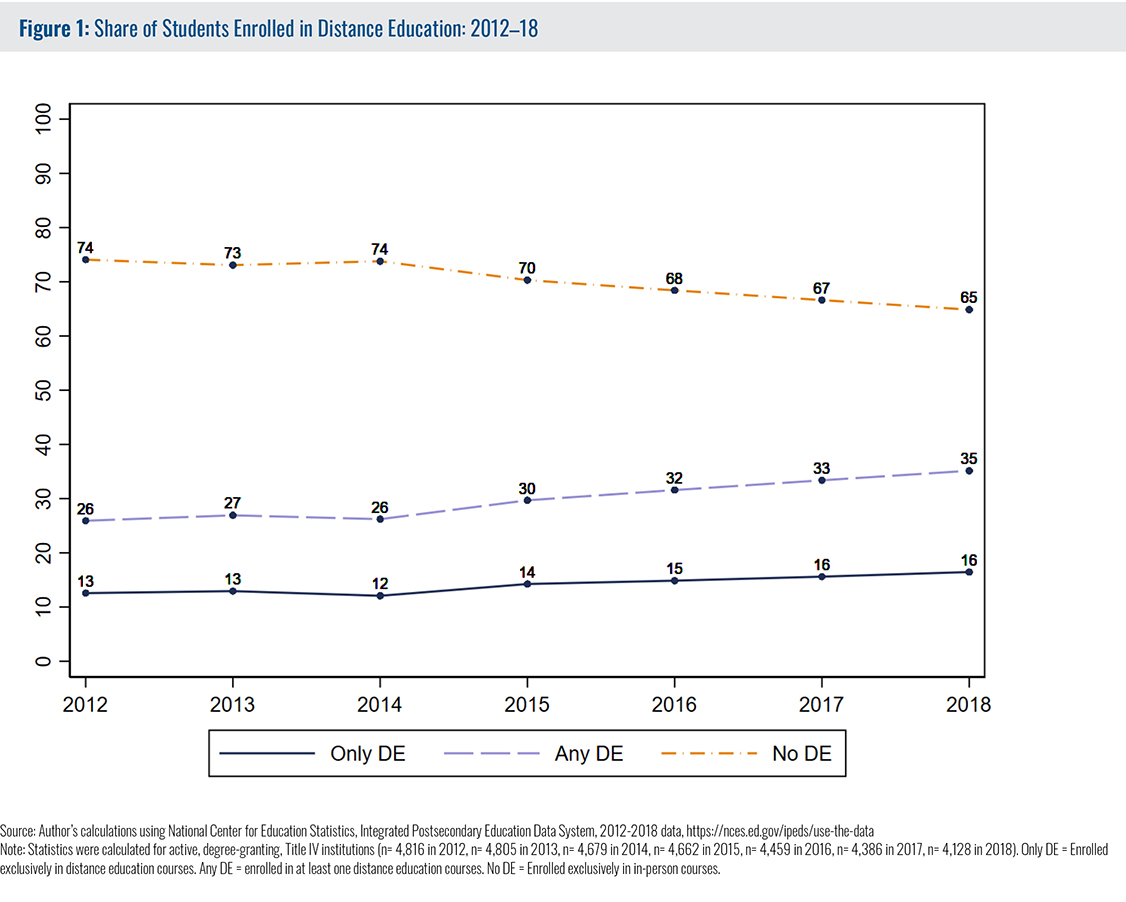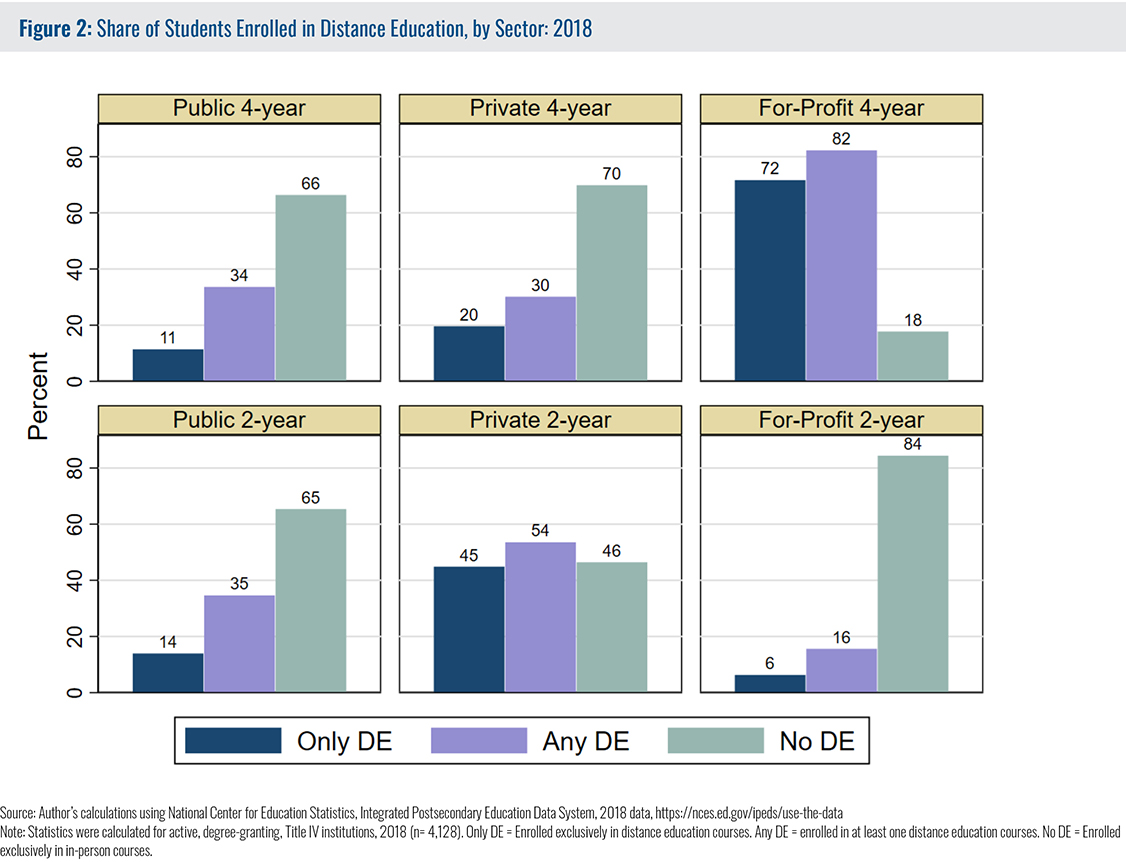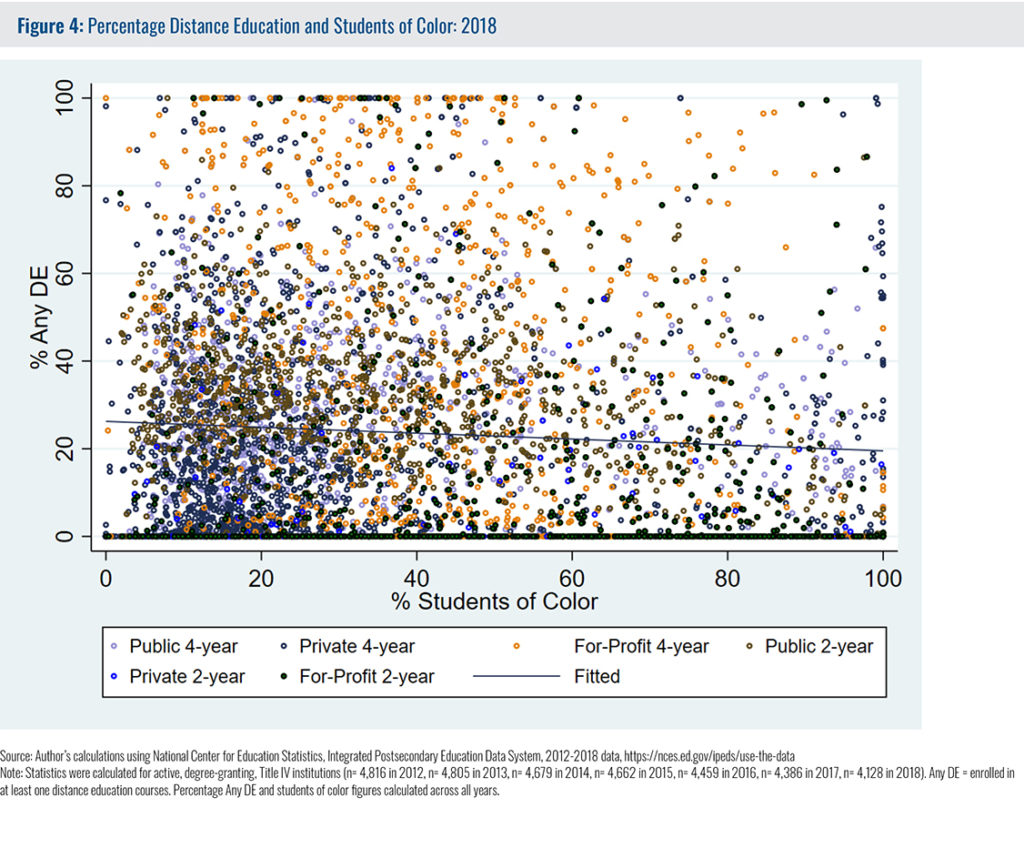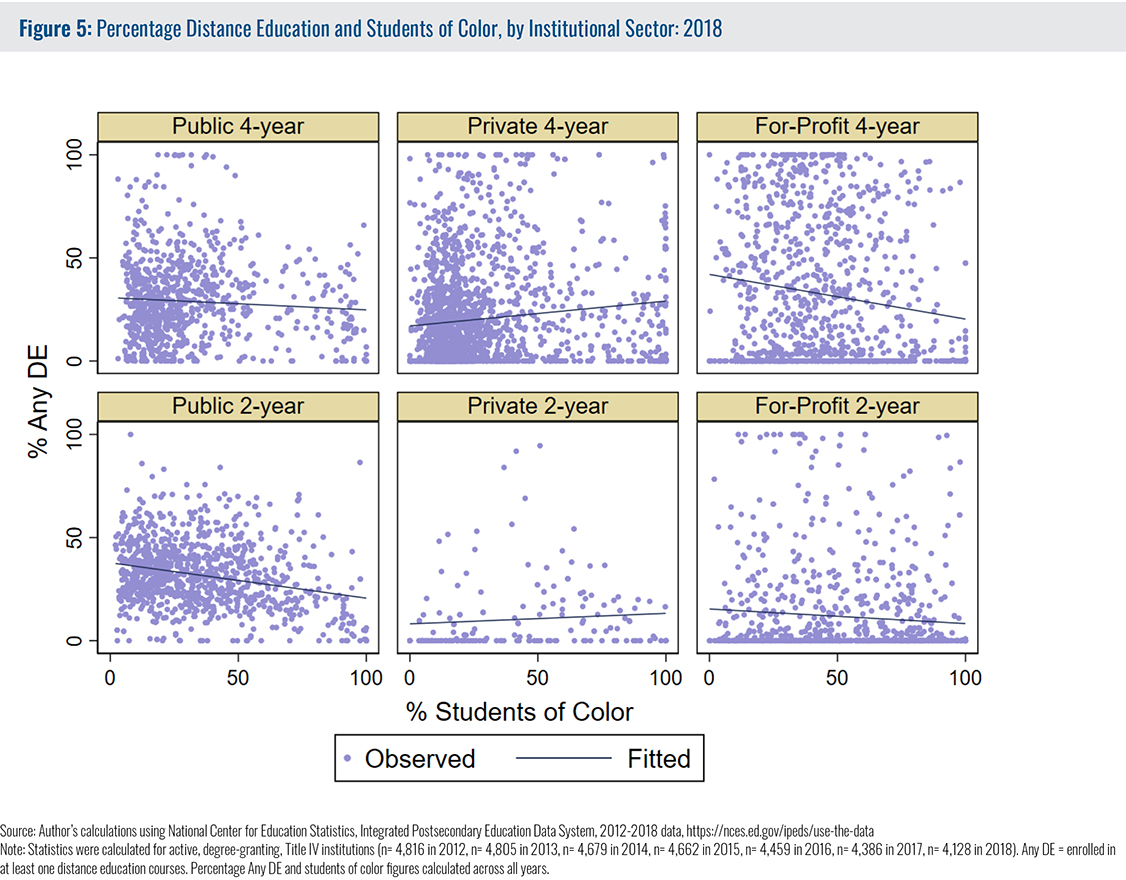Download the Essay (PDF) 1.4 MB
By Cameron Sublett
Introduction
Access to higher education has never been more important. Globalization, automation, and the Internet have fundamentally reshaped the economy by shifting opportunity away from workers with high school diplomas and toward those with postsecondary training and credentials (Foote and Ryan 2015). The still-unfolding COVID-19 pandemic has displaced millions of workers, many of whom will seek new employment opportunities through additional credentials in higher education. Unfortunately, however, access to—and success within—higher education is unmistakably stratified by race (Bowen, Chingos, and McPherson 2009).
According to Carnevale and Strohl (2013), the number of Black and Latinx students enrolling in higher education has increased since the 1990s, but these learners are concentrated in crowded, open-access institutions. By contrast, White students are concentrated in selective, highly resourced, and highly performing institutions. The consequence of this polarization is the reproduction of intergenerational White racial privilege (Carnevale and Strohl 2013).
As the U.S. economy evolves and changes, it increasingly favors highly skilled and educated workers, and at the same time, recent efforts to attenuate the racial polarization of American higher education have largely failed (Long and Bateman 2020). As a result, increasing college access for students of color has become both a collective refrain and policy target. Notable policy efforts to increase college access among low-income and students of color include year-round Pell and College Promise grants, FAFSA simplification, and the elimination of remedial coursework, among others.
Of all the potential ways to increase college access, however, the expansion of online or distance education has arguably the broadest constituency. Unlike proposals to expand financial aid or eliminate college tuition, proposals to expand online learning are less likely to fan partisan flames. Because online learning touches on course delivery rather than course content, it is largely shielded from curriculum debates and vicissitudes. Politicians and school leaders are drawn to the potential cost-efficiency, while technology vendors and entrepreneurs are motivated by the market potential. Faculty are increasingly comfortable teaching in online environments (Jaschik and Lederman 2019). Online learning also enjoys a pervasive sense of inexorability; as more and more quotidian aspects of life become interconnected with the Internet, the growth of online learning only seems natural, if not expected. This inevitability—and necessity—has only increased with COVID-19. With more students depending on remote learning than ever before, higher education has an imperative to ensure equity is delivered along with learning outcomes.
The Growth of Online Learning
Online education has climbed steadily over the past decade. Figure 1 shows that the number of postsecondary students enrolling exclusively in in-person courses has declined from 74 percent in 2012 to 65 percent in 2018. By contrast, the share of students enrolling in one or more distance education[1] courses rose from 26 percent to 35 percent, though this is likely an underestimate.[2] The number of students enrolling exclusively in distance education courses climbed from 13 percent to 16 percent over the same period.
Figure 2 shows that among public institutions, two-year colleges had a slightly higher share of students enrolled exclusively in distance education courses but essentially the same percentage of students taking at least one distance education course as four-year colleges. Among private nonprofits, four-year institutions had a far lower share of students enrolled exclusively in distance education courses and a far higher share of students enrolled exclusively in in-person courses relative to two-year institutions. Figure 2 also shows that for-profit four-year institutions enrolled the greatest share of students in distance education courses in 2018, the most recent year for which data are available. Specifically, Figure 2 shows that 82 percent of students at for-profit four-year institutions enrolled in at least one online course and 72 percent enrolled in distance education courses exclusively.
What Figure 2 does not show is the degree to which distance education enrollments have changed across time by sector. The for-profit sector may account for the largest share of distance education students in a given year, but Figure 3 shows that the public and private nonprofit sectors are expanding online enrollments the quickest today. For example, the share of students taking at least one distance education course at a for-profit four-year institution grew by 19 percent between 2012 and 2018. By contrast, similar distance-education course-taking grew by 55 percent at public four-year, 58 percent at private four-year, 29 percent at public two-year, and over 600 percent at private two-year institutions.
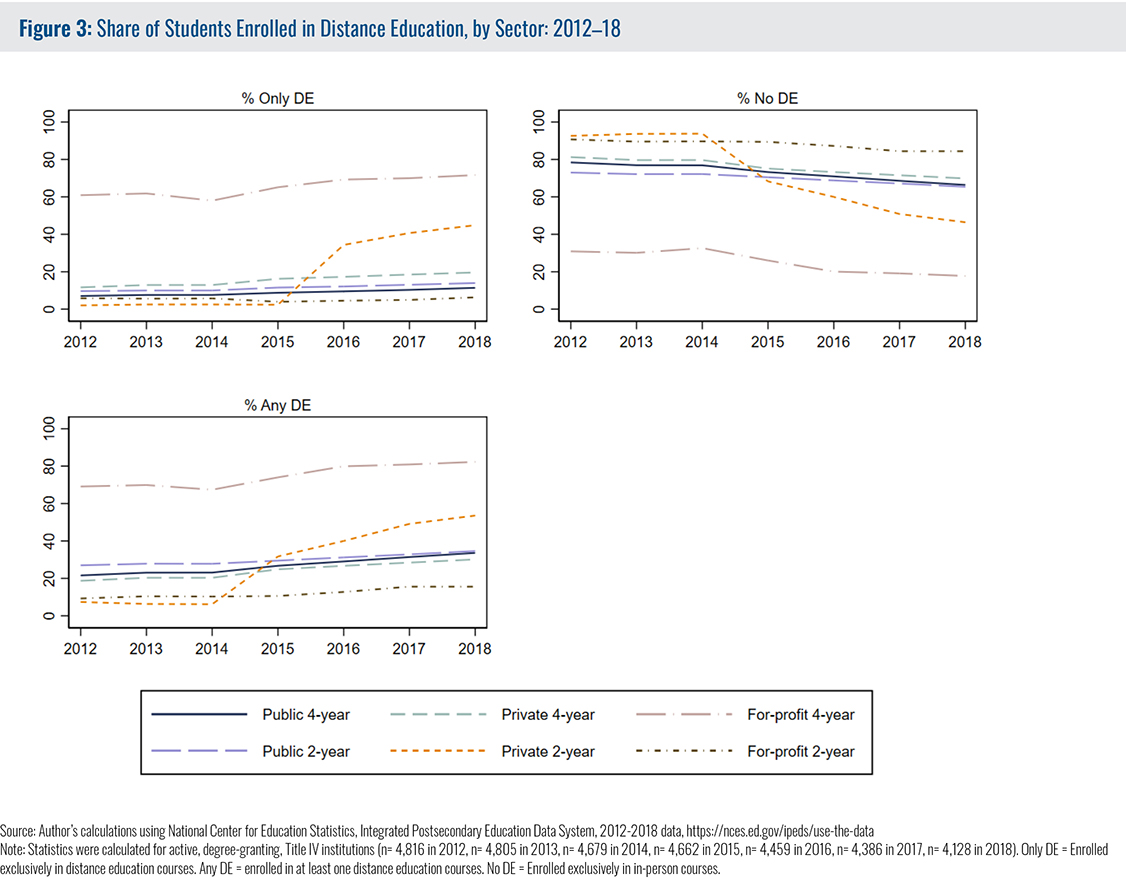
So while Figure 1 illustrates aggregate growth in distance education course-taking, this growth has been particularly acute within public, nonprofit institutions, save for private two-years, which have experienced tremendous gains in online enrollment but account for only 1 percent of overall postsecondary enrollments.
Challenges with Online Learning
Despite the growing support for—and enrollments within—online courses in higher education, the argument that online education can expand college access and help mitigate the racial polarization of American higher education must contend with two realities.
First, little to no empirical support exists for the notion that online education expands the higher education enrollment base. There is even less evidence, if any, to suggest the availability of remote learning encourages people of color to enroll when they otherwise could not. A recent study of Georgia Tech’s premier online master’s degree in computer science did find causal evidence that the online version of the program induced more mid-career Americans to pursue higher education (Goodman, Melkers, and Pallais 2019). But the study is unable to generalize to the population of postsecondary online learners for several reasons, including the demographics of those enrolled, the sample being comprised entirely of graduate students, and the structure of the program itself.
A more likely indication as to whether the availability of online education increases access comes from Jaggars (2011), who found in a previous study (Jaggars and Xu 2010) that community college students are more likely to enroll in online courses after they have matriculated. In other words, rather than bringing in new students, online courses primarily serve already-enrolled students looking for increased flexibility. Furthermore, existing research suggests that students of color are less likely to enroll in first-year online coursework compared with White students (Jaggars and Xu 2010; Shea and Bidjerano 2014; Wladis, Hachey, and Conway 2015; Xu and Jaggars 2011). My analysis of the most recent National Center for Education Statistics (NCES) Beginning Postsecondary Students Longitudinal Study data (BPS:2012/2017) confirms this: Black and Asian students are roughly three and four percentage points less likely to enroll in at least one online course during their first year of postsecondary study compared with White students.[3] Also, Figure 4 indicates that—as a general rule—average distance education course-taking (not necessarily within the first year) goes down as the share of students of color[4] goes up within an institution. Figure 5 shows that this overall trend varies by institutional sector.
A second reality is that the experimental and quasi-experimental research literature consistently demonstrates that students in fully online courses are underserved relative to their peers in in-person or online/in-person (i.e., hybrid) courses (see Escueta et al. 2017; Xu and Xu 2019). Of greater concern, however, is that these disparities are often greatest among students of color. For example, in their randomized study of in-person and online microeconomics students, Figlio, Rush, and Yin (2013) found that Latinx students performed “dramatically” better in person relative to equivalent students assigned to the online group. Xu and Jaggars (2014) reported decreased performance among all community college students in online classes but even greater gaps among Black male students. Similarly, Johnson and Mejia (2014, 9) found that Black and Latinx students performed “markedly worse in online courses.” In their experimental study of MOOC students, Baker et al. (2018) found a “sizable bias” in favor of White males, who were almost twice as likely to receive feedback from instructors compared with other racial groups. Combined, the existing research suggests that rather than closing access and success gaps in higher education, fully online courses can exacerbate them.
Importantly, these disparities are not necessarily true for hybrid courses, which the research literature largely associates with reaching equivalent outcomes as in-person courses without statistically significant disparities by race and ethnicity (Alpert, Couch, and Harmon 2016; Bowen et al. 2014; Joyce et al. 2015). This distinction is important, though rarely made. In fact, by combining the best elements of in-person and online learning, research suggests that hybrid delivery models can support student success while offering students the temporal flexibility they seek. Hybrid courses require a number of physical, in-person meetings, however, which undercuts the general perception of complete access and flexibility. And little evidence indicates high-quality hybrid instruction will dramatically cut institutional costs.
Making Sense of What We Know
At least three questions stem from the preceding. First, given that little evidence links distance education with expanded college access and success for people of color, what accounts for the steady growth in distance education over the past decade?
- Aspiration. In the absence of meaningful, race-based policy correctives to mitigate the increasing racial polarization of higher education, distance learning has a seductive appeal for access advocates: if students cannot come to college, then college can come to students.[5]
- Exigency. Postsecondary enrollments surged following the 2008 recession, just as state appropriations declined. This combination brought on an enrollment bottleneck where demand for courses outstripped the available supply. Interest in distance education surged during this period. With overall enrollments in decline in recent years and state appropriations only partially restored, institutional leaders are again looking to online learning to cut costs and expand enrollment (Fain 2019). This was before the arrival of COVID-19 and the ensuing “online pivot.”
- Technological advancement. With increased Internet connectivity and improvements in computer-
assisted learning, distance education is more feasible for teachers and learners. - Policy. Past decisions including the 2006 rollback of the “50 percent rule” in the Higher Education Act, which had required at least 50 percent campus-based students and programs, and the deregulation of for-profit colleges (Whitman 2018) eased the path to online learning.
A second question stemming from an analysis of online education outcomes relates to possible explanations for the equity gaps in fully online coursework. A reflexive and common, though unhelpful, conclusion is that “some types of students perform worse than others in online classes” (Johnson and Mejia 2014, 9). While objectively true, this rendering absolves institutions of their responsibility to design and deliver high-quality, engaging, and equitable educational experiences for students. This position also fails to acknowledge the racialized aspects of distance learning (Baker et al. 2018). Also, there is no support for the notion that some racial groups are inherently less able to succeed in online learning environments. By contrast, the existing literature suggests that some online environments are simply less conducive to student success (Gaytan 2015; Jaggars and Xu 2016; U.S. Department of Education 2010).
For example, low-income community college students in fully online classes struggle with social distance, lack of support, lack of structure, and technical difficulties (Jaggars 2011). Of these impediments, technical difficulties are arguably the easiest to fix. As we have seen during the pandemic, many institutions have quite easily equipped students with laptops, headphones, product licenses, IT support, and access to high-speed Internet (Cooper et al. 2020). Less easy to fix are the greater interpersonal impediments to learning in fully online courses (Baker et al. 2018; Glazier 2016; Jaggars and Xu 2016; Liu, Gomez, and Yen 2009). Most fully online courses are taught asynchronously, in which communication does not occur in real time but is syncopated over email, discussion forums, or learning management systems (Jaschik and Lederman 2019). This often—though not necessarily—leads to greater transactional or social distance (Moore 2013), which in turn hinders the development of authentic, trust-based relationships and is inimical to culturally affirming, community-focused, and race-conscious instruction (Harris and Wood 2020).
Students of color are best served when learning speaks to their experiences, cultures, backgrounds, and aspirations. Only by seeing, hearing, and knowing students can institutions and instructors offset the racial and economic inequities that are baked into institutions of higher education. But this cannot be done at a transactional distance. Real time or synchronous instruction can help, but biases, power inequalities, mistrust, and a sense of “otherness” will continue to proliferate in online courses so long as those courses are poorly organized, culturally irrelevant, espouse hegemonic narratives, and are not imbued with student supports.
A third and final question is what can be done moving forward. We must continue to break down barriers to access and to eliminate the growing racial polarization of higher education (Carnevale and Strohl 2013). But we must also realize that access without success does little and can actually be quite costly for students. Even with the advent of COVID-19, decisions to expand online learning must be driven by research, data, and, above all else, student success and equity. Also, our thinking and deliberations must move beyond the binary and toward learning environments that blend in-person and online learning. This blend will increase flexibility for students, maximize institutional efficiency, leverage powerful computer-assisted learning technologies, and encourage diverse learning while allowing for regular, immediate interpersonal connection, which is conducive to equity-minded interventions (Harris and Wood 2020). While not all institutions will have the option to utilize blended learning, administrators and faculty can mitigate the shortcomings of online-only education with an awareness of the benefits of hybrid learning.
We must also ensure that the online learning and student equity research and policy streams that have converged in response to COVID-19 remain connected after the pandemic has receded. To achieve this, we need more research. Much of the literature that exists today, including the literature cited in this brief, is outdated relative to our current knowledge and practices in online learning environments and the communication technologies available. We need better, more recent data to examine the outcomes of students in contemporary online courses. Finally, we must equip faculty with the tools, resources, and expertise to deliver high-quality and engaging distance education. Faculty must have ready access to course designers, learning scientists, and education technology experts who, in turn, must also be educated about the interaction between race, class, and distance learning. Institutions cannot be expected to shoulder these burdens (and costs) alone; the direction, resources, and strategy must flow from federal and state policymakers.
Higher education today is increasingly polarized and stratified by race and class (Carnevale and Strohl 2013). At the same moment, the return on investment from postsecondary education and training has never been higher (Foote and Ryan 2015). To counterbalance pervasive inequities in American society and to prevent further intergenerational White racial privilege (Carnevale and Strohl 2013), colleges and universities must pursue policies that account for equality and equity. Yet, if equity means giving more to those with the least, our approaches thus far to serving students through distance education have fallen short.
References
Alpert, William T., Kenneth A. Couch, and Oskar R. Harmon. 2016. “A Randomized Assessment of Online Learning.” American Economic Review 106, no. 5 (May): 378–82. https://doi.org/10.1257/aer.p20161057.
Baker, Rachel, Thomas Dee, Brent Evans, and June John. 2018. “Bias in Online Classes: Evidence from a Field Experiment.” CEPA Working Paper No. 18-03. Stanford, CA: Stanford Center for Education Policy Analysis. https://cepa.stanford.edu/sites/default/files/wp18-03-201803.pdf.
Bowen, William G., Matthew M. Chingos, Kelly A. Lack, and Thomas I. Nygren. 2014. “Interactive Learning Online at Public Universities: Evidence from a Six-Campus Randomized Trial.” Journal of Policy Analysis and Management 33, no. 1 (Winter): 94–111. https://doi.org/10.1002/pam.21728.
Bowen, William G., Matthew M. Chingos, and Michael S. McPherson. 2009. Crossing the Finish Line: Completing College at America’s Public Universities. Princeton, NJ: Princeton University Press.
Carnevale, Anthony P., and Jeff Strohl. 2013. Separate & Unequal: How Higher Education Reinforces the Intergenerational Reproduction of White Racial Privilege. Washington, DC: Georgetown University Center on Education and the Workforce.
Cooper, Susanna, Cassandra Hart, Michal Kurlaender, Cecilia Rios-Aguilar, Francisco C. Rodriguez, and Cameron Sublett. 2020. “Turning on a Dime: California Community College Transformation in Response to COVID-19.” Wheelhouse: The Center for Community College Leadership and Research 5, no. 2 (August): 1–10. https://education.ucdavis.edu/sites/main/files/ucdavis_wheelhouse_research_brief_vol5no2_final.pdf.
Escueta, Maya, Vincent Quan, Andre Joseph Nickow, and Philip Oreopoulos. 2017. “Education Technology: An Evidence-Based Review.” NBER Working Paper No. 23744. Cambridge, MA: National Bureau of Economic Research. https://doi.org/10.3386/w23744.
Fain, Paul. 2019. “Online and Out of State.” Inside Higher Ed. June 26, 2019. https://www.insidehighered.com/digital-learning/article/2019/06/26/ohio-community-college-raises-questions-enrolling-large-numbers.
Figlio, David, Mark Rush, and Lu Yin. 2013. “Is It Live or Is It Internet? Experimental Estimates of the Effects of Online Instruction on Student Learning.” Journal of Labor Economics 31, no. 4 (October): 763–84. https://doi.org/10.1086/669930.
Foote, Christopher L., and Richard W. Ryan. 2015. “Labor Market Polarization Over the Business Cycle.” NBER Working Paper No. 21030. Cambridge, MA: National Bureau of Economic Research. https://www.nber.org/papers/w21030.pdf.
Gaytan, Jorge. 2015. “Comparing Faculty and Student Perceptions Regarding Factors That Affect Student Retention in Online Education.” American Journal of Distance Education 29 (1): 56–66. https://doi.org/10.1080/08923647.2015.994365.
Glazier, Rebecca A. 2016. “Building Rapport to Improve Retention and Success in Online Classes.” Journal of Political Science Education 12 (4): 437–56. https://doi.org/10.1080/15512169.2016.1155994.
Goodman, Joshua, Julia Melkers, and Amanda Pallais. 2019. “Can Online Delivery Increase Access to Education?” Journal of Labor Economics 37, no. 1 (January): 1–34. https://doi.org/10.1086/698895.
Harris, Frank, III, and J. Luke Wood. 2020. “Employing Equity-Minded and Culturally Affirming Teaching and Learning Practices in Virtual Learning Communities.” Webinar. Center for Organizational Research and Education, March 26, 2020. https://www.youtube.com/watch?v=aMrf_MC5COk.
Jaggars, Shanna Smith. 2011. “Online Learning: Does It Help Low-Income and Underprepared Students?” CCRC Working Paper No. 26. New York: Community College Research Center, Teachers College, Columbia University. https://ccrc.tc.columbia.edu/media/k2/attachments/online-learning-help-students.pdf.
Jaggars, Shanna Smith, and Di Xu. 2010. Online Learning in the Virginia Community College System. New York: Community College Research Center, Teachers College, Columbia University. https://ccrc.tc.columbia.edu/media/k2/attachments/online-learning-virginia.pdf.
Jaggars, Shanna Smith, and Di Xu. 2016. “How Do Online Course Design Features Influence Student Performance?” Computers & Education 95 (April): 270–84. https://doi.org/10.1016/j.compedu.2016.01.014.
Jaschik, Scott, and Doug Lederman. 2019. The 2019 Survey of Faculty Attitudes on Technology: A Study by Gallup and Inside Higher Ed. Washington, DC: Gallup and Inside Higher Ed.
Johnson, Hans, and Marisol Cuellar Mejia. 2014. Online Learning and Student Outcomes in California’s Community Colleges. With research support from Kevin Cook. San Francisco: Public Policy Institute of California. https://www.ppic.org/content/pubs/report/R_514HJR.pdf.
Joyce, Ted, Sean Crockett, David A. Jaeger, Onur Altindag, and Stephen D. O’Connell. 2015. “Does Classroom Time Matter?” Economics of Education Review 46 (June): 64–77. https://doi.org/10.1016/j.econedurev.2015.02.007.
Liu, Simon Y., Joel Gomez, and Cherng-Jyh Yen. 2009. “Community College Online Course Retention and Final Grade: Predictability of Social Presence.” Journal of Interactive Online Learning 8, no. 2 (Summer). https://www.ncolr.org/issues/jiol/v8/n2/community-college-online-course-retention-and-final-grade-predictability-of-social-presence.html.
Long, Mark C., and Nicole A. Bateman. 2020. “Long-Run Changes in Underrepresentation After Affirmative Action Bans in Public Universities.” Educational Evaluation and Policy Analysis 42 (2): 188–207. https://doi.org/10.3102/0162373720904433.
Moore, Michael Grahame. 2013. “The Theory of Transactional Distance.” In Handbook of Distance Education, Third Edition, edited by Michael Grahame Moore, 66–85. New York: Routledge.
Shea, Peter, and Temi Bidjerano. 2014. “Does Online Learning Impede Degree Completion? A National Study of Community College Students.” Computers & Education 75 (June): 103–11. https://doi.org/10.1016/j.compedu.2014.02.009.
U.S. Department of Education. 2010. Evaluation of Evidence-Based Practices in Online Learning: A Meta-Analysis and Review of Online Learning Studies. Washington, DC: U.S. Department of Education, Office of Planning, Evaluation, and Policy Development. https://www2.ed.gov/rschstat/eval/tech/evidence-based-practices/finalreport.pdf.
Whitman, David. 2018. The Cautionary Tale of Correspondence Schools. Washington, DC: New America. https://www.newamerica.org/education-policy/reports/cautionary-tale-correspondence-schools/.
Wladis, Claire, Alyse C. Hachey, and Katherine M. Conway. 2015. “The Representation of Minority, Female, and Non-Traditional STEM Majors in the Online Environment at Community Colleges: A Nationally Representative Study.” Community College Review 43 (1): 89–114. https://doi.org/10.1177/0091552114555904.
Xu, Di, and Shanna Smith Jaggars. 2011. “The Effectiveness of Distance Education Across Virginia’s Community Colleges: Evidence from Introductory College-Level Math and English Courses.” Educational Evaluation and Policy Analysis 33 (3): 360–77. https://doi.org/10.3102/0162373711413814.
Xu, Di, and Shanna S. Jaggars. 2014. “Performance Gaps Between Online and Face-to-Face Courses: Differences Across Types of Students and Academic Subject Areas.” The Journal of Higher Education 85, no. 5 (September/October): 633–59. https://doi.org/10.1353/jhe.2014.0028.
Xu, Di, and Ying Xu. 2019. The Promises and Limits of Online Higher Education: Understanding How Distance Education Affects Access, Cost, and Quality. Washington, DC: American Enterprise Institute. https://www.aei.org/research-products/report/the-promises-and-limits-of-online-higher-education/.
[1] IPEDS defines distance education as “education that uses one or more technologies to deliver instruction to students who are separated from the instructor and to support regular and substantive interaction between the students and the instructor synchronously or asynchronously.” Because the overwhelming number of distance education courses today are delivered over the Internet, this paper uses the terms distance education and online education interchangeably.
[2] Hybrid courses do not meet the IPEDS definition of distance education, which leads to a conservative accounting of distance education enrollment, particularly since nominally hybrid courses can have as few as one in-person meetings over an academic term.
[3] Author’s analysis of NCES BPS (2012/17) data. Linear probability models controlled for gender, age, income level, English proficiency, high school dual enrollment, remedial course placement, enrollment intensity, hours worked each week, degree aspirations, first-year GPA, academic/CTE major, in-state enrollment, number of institutions attended, institutional sector, urbanicity, distance from home to postsecondary institution (n = 19,000). NCES-supplied sampling weights applied [WTA000]. Robust, standard errors adjusted for school clustering.
[4] The term students of color includes American Indian, Alaska Native, Black, Latinx, and Pacific Islander students. The author acknowledges the limitations of this categorization: /resources/ideas-and-insights/the-problematic-nature-of-racial-and-ethnic-categories-in-higher-education/.
[5] See Jaggars (2011) for a discussion of the limitations with this logic.
